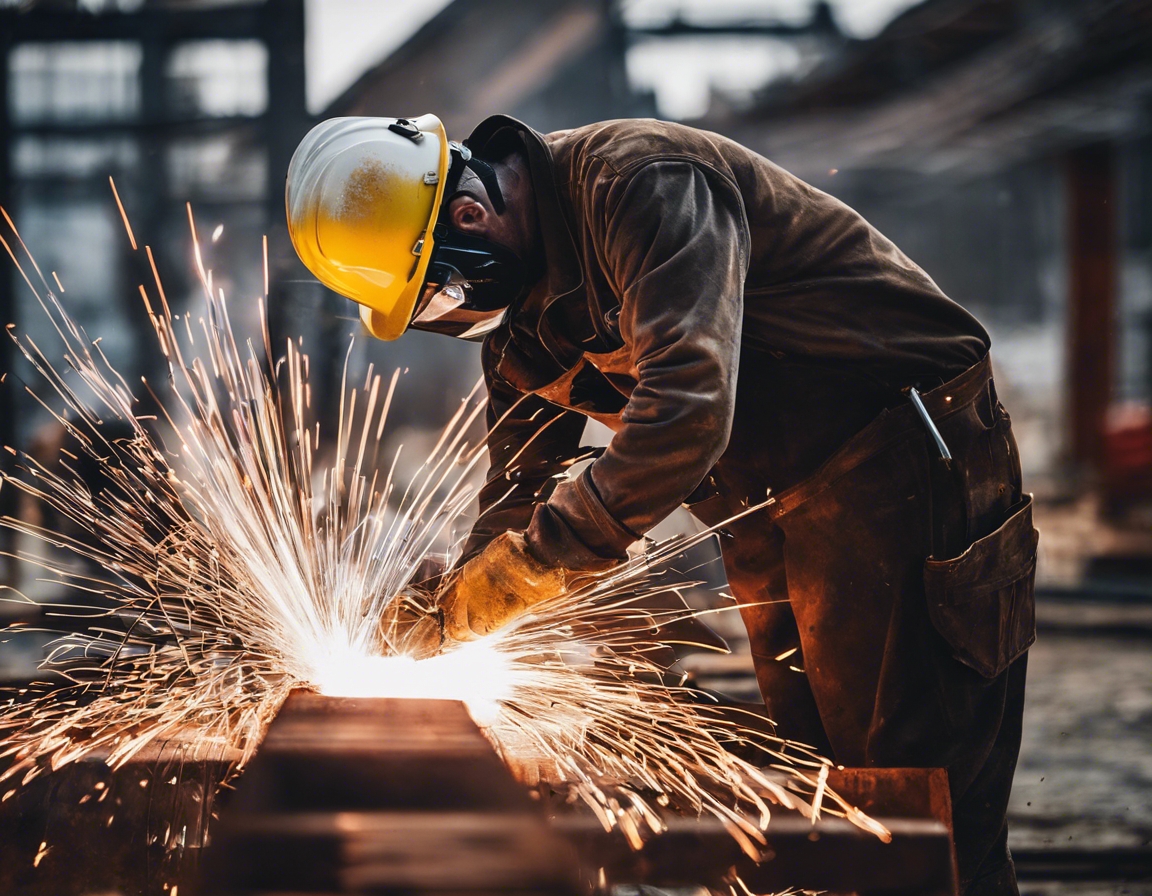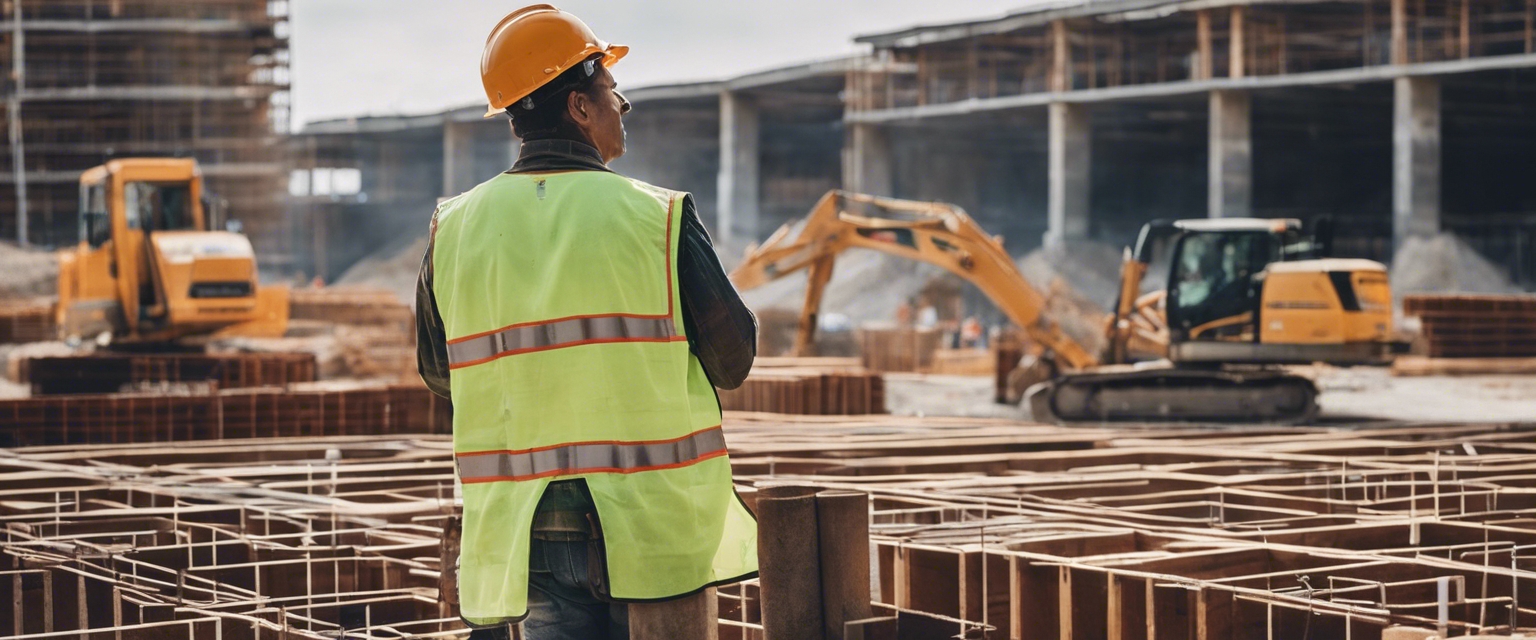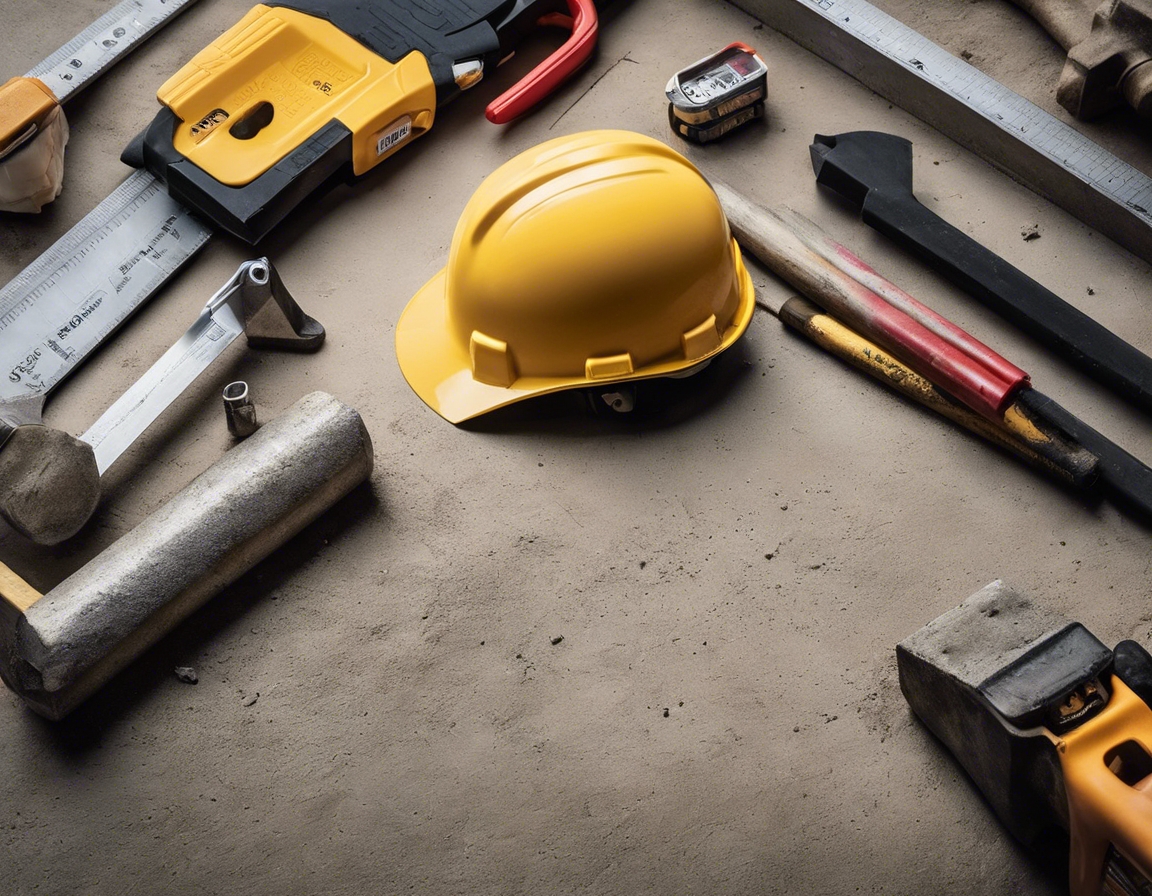The future of sustainable construction: an inside look
Sustainable construction refers to the practice of creating structures and using processes that are environmentally responsible and resource-efficient throughout a building's life cycle. This includes the design, construction, operation, maintenance, renovation, and demolition stages. The goal is to reduce the environmental impact and enhance the health and comfort of building occupants.
The construction industry has a significant impact on the environment, from the extraction of raw materials to the energy consumed during building operations. As climate change and resource depletion become more pressing concerns, the industry is shifting towards sustainable practices to mitigate these effects and contribute to a healthier planet.
Emerging Trends in Sustainable Construction
Advancements in materials science have led to the development of eco-friendly alternatives to traditional building materials. These include recycled and bio-based materials, as well as new composites that offer improved performance and lower environmental footprints.
Energy-efficient design is at the forefront of sustainable construction. This involves optimizing building orientation, insulation, and ventilation to reduce energy needs. Additionally, integrating renewable energy sources like solar panels and wind turbines is becoming more common in new constructions.
Water is a precious resource, and sustainable construction practices aim to reduce water consumption through efficient plumbing fixtures, rainwater harvesting systems, and water recycling technologies.
Design Principles for Sustainable Construction
Biophilic design incorporates elements of nature into the built environment to improve occupant well-being. This approach can include natural lighting, vegetation, and materials that mimic natural textures and patterns.
Modular and prefabricated construction methods allow for buildings to be assembled more quickly and with less waste compared to traditional construction. These methods also enable easier disassembly and recycling at the end of a building's life.
Adaptive reuse involves repurposing existing buildings for new uses, which conserves resources and reduces waste. Designing for longevity ensures that buildings can adapt to future needs, reducing the need for demolition and reconstruction.
Challenges and Opportunities
While sustainable construction is gaining traction, it still faces regulatory challenges. Governments can play a role by offering incentives for sustainable practices and setting clear guidelines for the industry.
Although the initial costs of sustainable construction can be higher, the long-term savings in energy and maintenance costs can make these projects economically viable. Additionally, the growing demand for sustainable buildings is creating new market opportunities.
The construction workforce needs to be educated and skilled in sustainable practices to effectively implement these new methods and technologies. This includes training in green building standards, energy modeling, and the use of sustainable materials.
The Role of Digital Technology in Sustainable Construction
Building Information Modeling (BIM) is a digital representation of the physical and functional characteristics of a facility. BIM facilitates a more integrated approach to design and construction, which can enhance sustainability by improving accuracy and reducing waste.
Smart home technologies and automation systems contribute to sustainable construction by optimizing energy use, improving comfort, and reducing the carbon footprint of buildings.
3D printing is revolutionizing the construction industry by enabling the creation of complex, customized building components with minimal waste. This technology has the potential to significantly reduce the environmental impact of construction processes.






Comments (0)